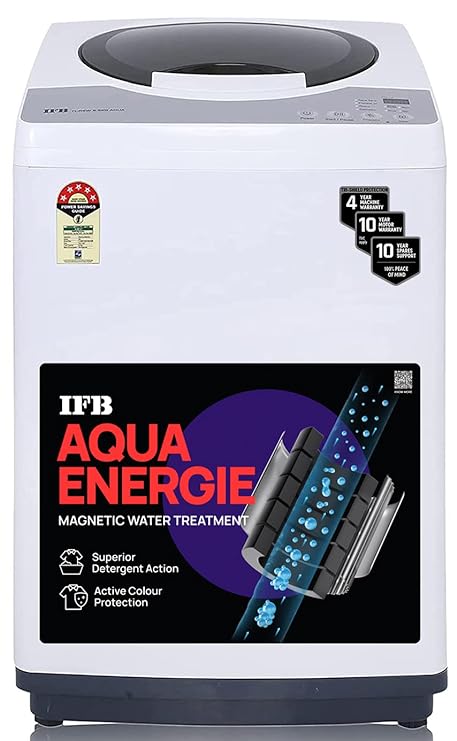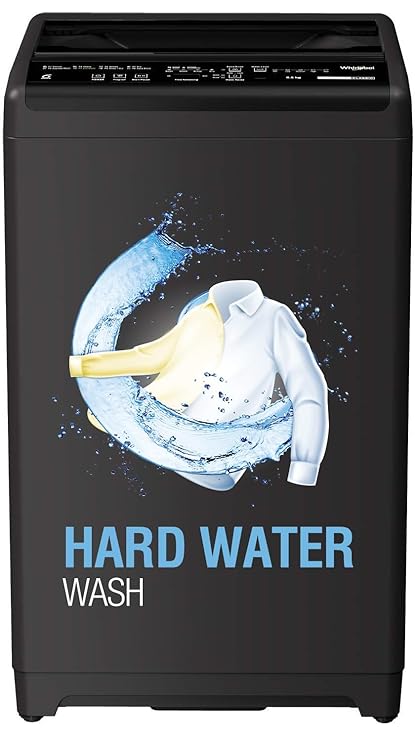A Washing Machine is a power-hungry appliance that contributes greatly to your inflated monthly electricity bill.
Most Indian households have a washing machine, and nowadays, it comes under a must-have essential appliance category.
Most people keep washing machines for at least 5 years, as we need to make a good investment to buy a nice washing machine.
But how about the inflated electricity bill that we are paying every month due to the use of conventional washing machines?
Manufacturers thought about this issue, and they came up with a technology called Inverter Technology that claims to save up to 40% of power over conventional washing machines.
So, in this article, let’s learn about inverter vs non inverter washing machines so that you get an idea of how inverter washing machines can be very cost-effective to run.
What Is Inverter Technology In Washing Machines?
First, let me clear the confusion that inverter technology has nothing to do with the power inverter.
Your inverter washing machine won’t work when there is a power cut. For that, you must buy a washing machine that supports a power inverter separately.
Inverter Technology in a Washing Machine is meant to save power. This technology can save up to 40% of power depending on how the technology is tailored for your washing machine.
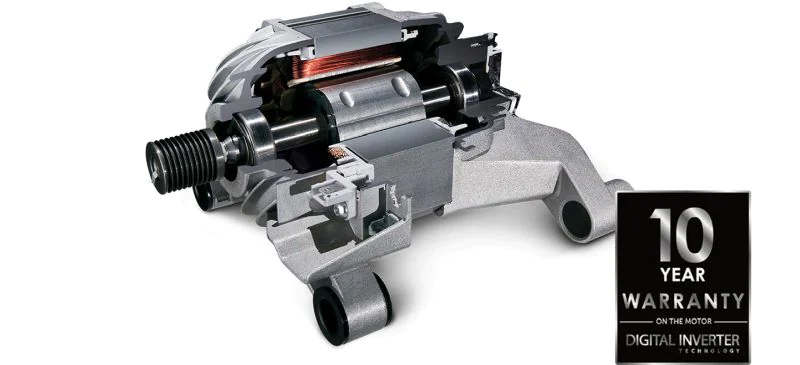
Inverter technology in washing machines uses a variable-speed BLDC motor that adjusts the speed based on the wash load.
If the load is more, the motor will run faster and vice versa. For example, if you put fewer clothes in the washing machine, the motor will run slowly and thus save power.
This technology has multiple sensors that capture data like the wash load, level of dirt, type of water used, type of detergent used, etc., and give the input to the microprocessor that decides the kind of wash and cycle based on the algorithm already set in it.
So, technically, inverter technology has made washing machines smarter so that they can not only save power but offer many other brilliant benefits.
Inverter technology is not only used in washing machines but also in refrigerators and air conditioner compressors.
Inverter Vs Non Inverter Washing Machine
We will differentiate the Inverter vs Non Inverter Washing Machines based on the following criteria so that you can easily decide which one is better for you.
Power Consumption
The main benefit of inverter washing machines is the low power consumption compared to non-inverter washing machines.
A conventional washing machine uses a single-speed motor that runs at full speed or shuts down.
It does not matter how many clothes you wash or how dirty your clothes are. The motor will run at a fixed speed based on your chosen cycle.
If you are running your washing machine at full load, then you may not see much difference in power consumption data between the Inverter Vs non inverter Washing Machine. Still, if it is a frequent half-load or quarter-load wash, the difference is very noticeable.
To give you a clear idea about how much power-saving an inverter washing machine can provide, we have considered the following two washing machines for comparison. One has the inverter technology and the other has a conventional motor.
Please note that both machines have a 6.5 KG capacity and are 5-star rated. You will still see a massive difference in power consumption because of the inverter motor.
Let’s see the power consumption data of the above non-inverter washing machine. For this Whirlpool machine, the rated power is 360 Watts, and if you run the machine for one hour per day, your yearly electricity bill will be around Rs 648, considering Rs 5 per unit of electricity.
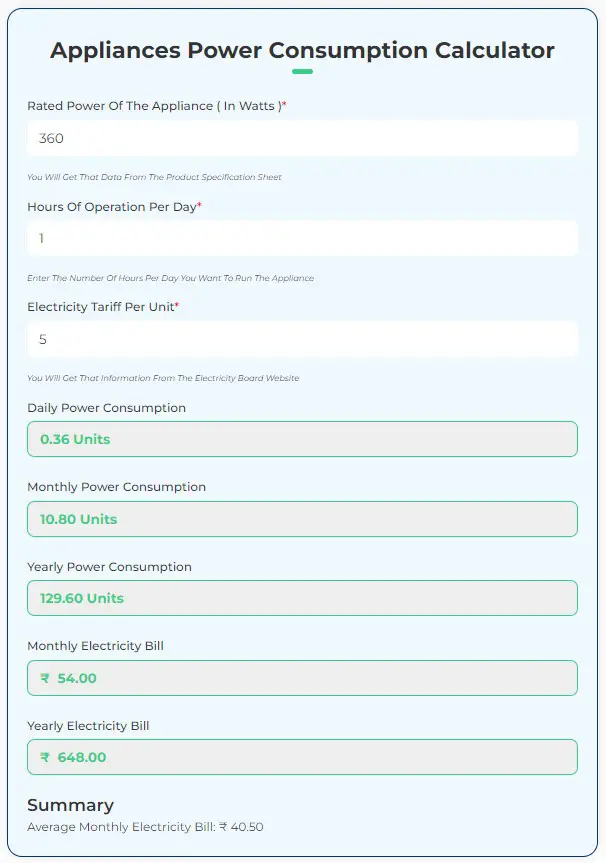
Now, let’s look at the data for the IFB inverter washing machine. The rated power of the machine is 220 watts, and if you run the machine for the same one hour per day, your yearly electricity bill will be around Rs 396.
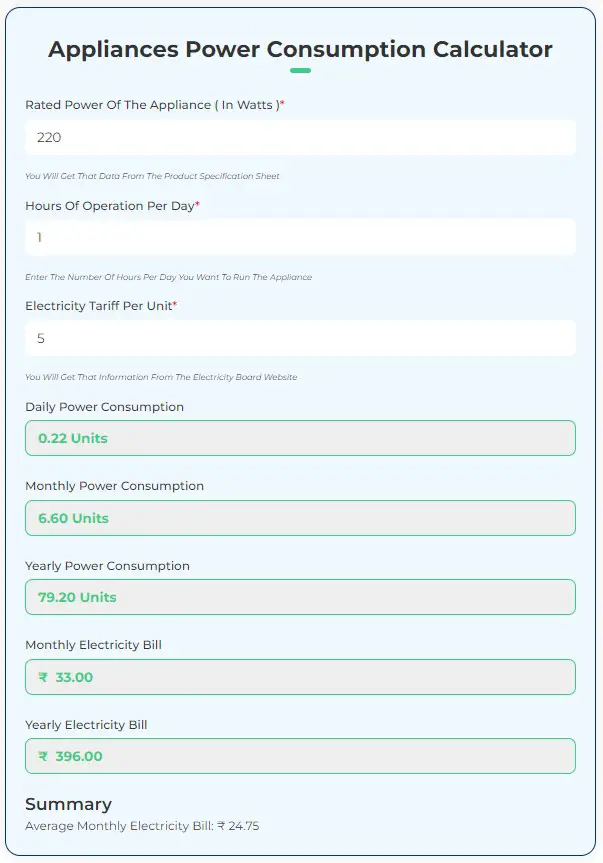
So there is a saving of Rs 252 per year, or close to 39% power saving, if you use an inverter washing machine. That’s a lot of savings if you use your washing machine daily.
Noise And Vibration
Most conventional washing machines use belt drives to transfer power from the motor to the washing machine drum. Those belts and pulleys make a lot of noise and vibration.
On the other hand, Inverter washing machines use a direct drive motor that is mounted directly under the drum. Thus making less sound and vibration than conventional washing machines.
Conventional washing machines also face the issue of load balancing due to the shift in the center of gravity.
To solve that, a counterweight is used, and these become one more source of noise and vibration.
Durability
Inverter washing machines are more durable as there are fewer moving parts due to direct-drive motors.
Conventional washing machines have belts and pulleys prone to failure within a few years of usage.
Also, there is a power loss due to power transfer from the motor to the drum. More vibration makes conventional washing machines vulnerable to failure.
Wash Performance
Inverter washing machines are known for better wash performance as the washing machine’s microprocessor decides everything.
The machine can decide the best washing cycle based on the load, type of water, level of dirtiness, and numerous other parameters. You will always get the best possible wash from inverter washing machines.
Due to variable speed motors, inverter washing machines can customize the rotation of drums and offer different wash cycle features tailored to other types of clothes.
Brands like Samsung claim that a DDM motor is up to 5 times faster than conventional ones and consumes 40 percent less power.
A conventional washing machine misses out on all these innovative features and depends on consumers’ input to get the best out of them.
In one way, it is good as consumers have complete control, but many do not know how to get the best out of a washing machine.
Cost
The initial investment is a little high for an inverter washing machine. For the above example, the IFB inverter washing machine is almost Rs 2850 costlier than the Whirlpool non-inverter washing machine.
That is about 20% more than what you would need to pay for a non inverter washing machine.
But remember that you save around 40% on your monthly power bill, compared to paying 20% extra on an inverter washing machine.
So if you keep your washing machine for the long term, the extra cost can quickly be recovered within a few years.
Conclusion: Inverter Washing Machine Vs Non Inverter Washing Machine
Inverter technology is the future. It brings a lot of opportunities for engineers to make appliances smarter than before.
Power consumption is just one significant benefit of the inverter technology. We can not ignore the other advantages that inverter technology brought to this appliance domain.
